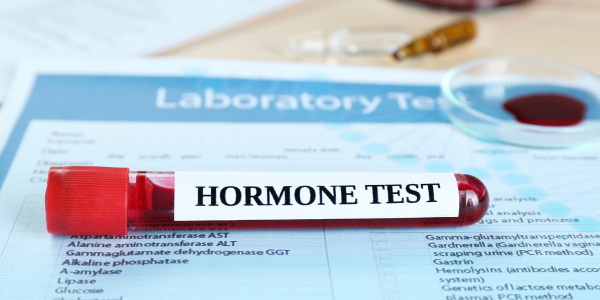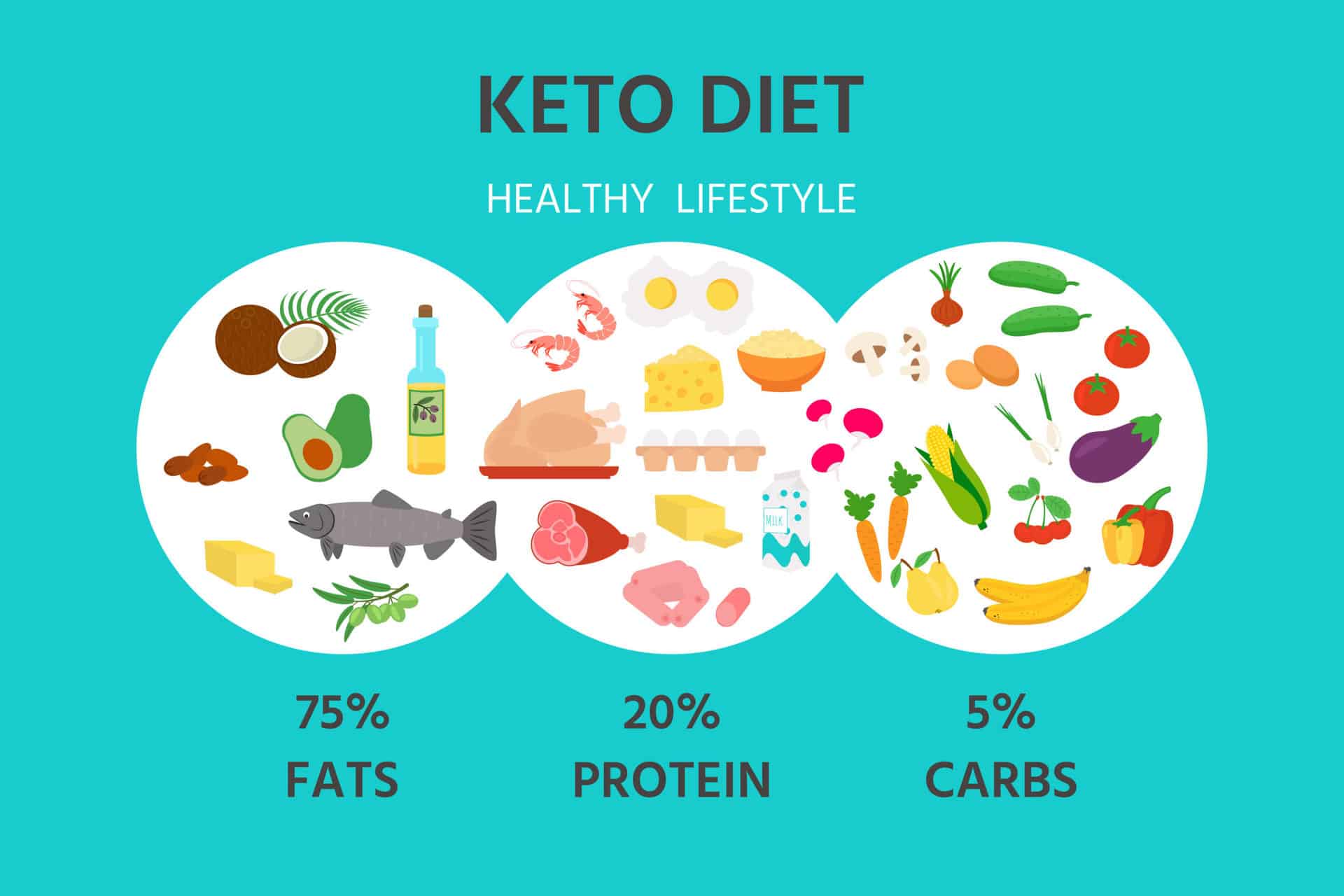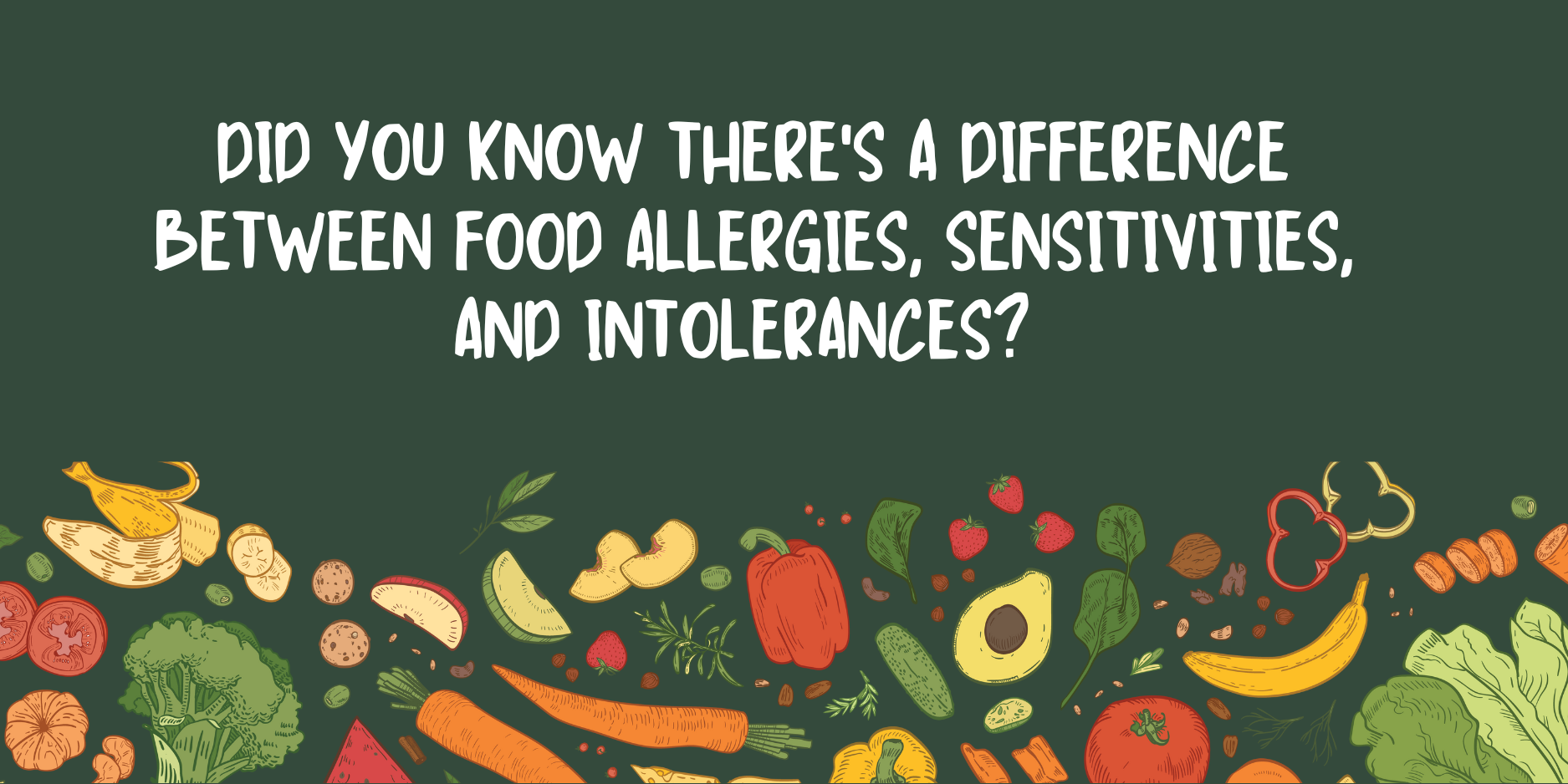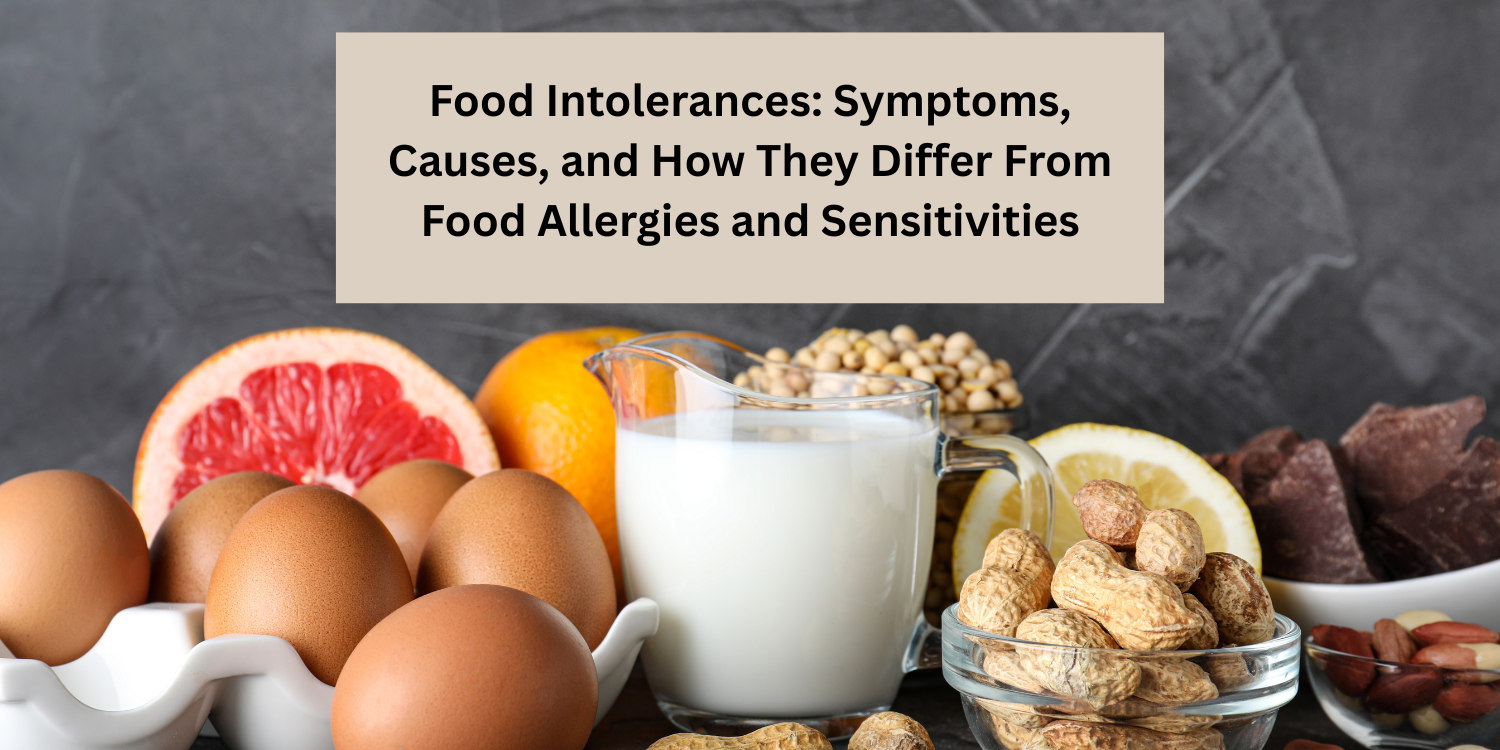

You’ve probably heard about the ketogenic diet (aka the keto diet) through a coworker, friend, or your mom.
While the ketogenic diet became popularized in the last 20 years, it’s actually been around for decades before then.
Back in the 1920s the keto diet was used to treat epilepsy.1 Epilepsy is a condition where a person has repeated seizures. The goal of the keto diet treatment was to mimic the body’s fasting metabolism since fasting was used to treat epilepsy since 500 B.C. So, doctors wanted to provide their patients the benefits of fasting – but without actually fasting.
While it’s great that the diet works well for patients with epilepsy, you probably have some questions about how you can benefit from it.
- Is the ketogenic diet just another fad diet?
- What health conditions can benefit from the ketogenic diet?
- If I want to try the ketogenic diet, what can I eat?
Let’s explore the answers to these questions. Sure, it’s easy to dismiss the science and go along with the latest trends. But I hope this article helps you understand the true benefits your body can get on the ketogenic diet.
What is a ketogenic diet?
You don’t need a recipe book, food delivery plan, or program to follow the ketogenic diet. The ketogenic diet is a low carb, adequate-protein, high fat diet.
- How is the ketogenic diet different from the Standard American Diet?
- Why is it named the ketogenic diet?
- How can your body benefit from the diet?
Keep reading to learn more.
Difference Between the Standard American Diet and the Ketogenic Diet
There are three major macronutrients we consume in our diets: proteins, fats, and carbohydrates.
The ratios of the macronutrients are different in a ketogenic diet versus the Standard American Diet (SAD).
In the SAD, the percentage of macronutrients consumed is:
- 35% Fats
- 15% Proteins
- 50% Carbohydrates
In a ketogenic diet, the percentage of macronutrients consumed is roughly:
- 75% Fats
- 20% Proteins
- 5% Carbohydrates
Note that the percentage in a ketogenic diet can differ from person to person because our bodies metabolize food differently. Metabolism is the body’s process of converting food and drink you consume into energy.
However, there is a similar trend despite the difference in exact percentages from person to person.
Carbohydrates compose most of the SAD, while fats compose most of the ketogenic diet.
Fats, proteins, and carbohydrates provide calories, or fuel, for your body to function. Fuel from calories can come from glucose or ketones. Both glucose and ketones are found in your bloodstream. It’s the ratio between the two that’ll determine if you’re on the ketogenic diet.
Ketones give the ketogenic diet its name. Let’s explore the importance of ketones to this diet.
What are ketones and why are they important?
Your body’s two main fuel sources come from glucose and ketones.
Most people who are on the SAD function off of glucose which comes primarily from carbohydrates and sugars. Protein is also converted to glucose by a process called gluconeogenesis. Glycolysis occurs when blood glucose is used to fuel your body instead of ketones.
In contrast, fats convert to ketones in a process called ketosis. Ketones are molecules that are made in your liver then released into your bloodstream.
Glycolysis and ketosis are two competing metabolic states in your body. So how can you be sure that ketosis is occurring instead of glycolysis?
Imagine that your blood has more glucose than ketones. Your body would use glucose for energy first before relying on ketones
When your body doesn’t have enough glucose for energy, it switches to using ketones for energy through ketosis.
Here’s an illustration – imagine that your body is a building.
The lights are on when your body has enough glucose to use as energy. But when your body doesn’t have enough glucose, ketosis acts like the generator to power the lights in the building.
The generator switches on, and ketones are used as the primary energy source.
How does your body benefit from the ketogenic diet?
When your body’s in ketosis, it’s burning fats instead of carbohydrates for fuel. Ketones are also brain fuel that are more efficient than glucose. Your body feels like it’s in a fasting state. Many benefits from a ketogenic diet include:
- Improved memory and focus when completing tasks
- Increased energy throughout the day
- Reduced appetite
- Reduction of your visceral fat 2
- Weight loss
Your body can benefit from ketosis and being fueled by ketones instead of glucose. But has research been done to see if the ketogenic diet can help with specific health conditions? We’ll explore that in this next section.
What health conditions can benefit from the ketogenic diet?
While everyone can benefit from a ketogenic diet, there are specific health conditions that can especially benefit.
Studies have shown that certain cancer cells prioritize glycolysis over other metabolic pathways to make energy. Some cancer cells also can’t use ketones for their metabolic processes.
Scientists hypothesized that they could starve cancer cells by inducing ketosis. This way, normal cells can use the ketones for energy while cancer cells would starve since they didn’t have energy sources.
Research shows that a ketogenic diet has antitumor effects for patients with certain types of cancer, including specific types of3:
- Neuroblastoma (brain tumor)
- Prostate cancer
- Colon cancer
- Pancreatic cancer
- Lung cancer
However, more research is needed on the benefits of a ketogenic diet in cancer patients.
We’ve already touched on how the ketogenic diet can help those with epilepsy. Another condition that can benefit is obesity. Fats are more satiating than proteins and car bohydrates. Therefore a high fat diet can help to control hunger and overeating.5
In addition to obesity, patients with diabetes can also benefit from the body being in ketosis. Low carbohydrates, ketogenic diets have led to improved glycemic control, weight loss, and reduction or elimination of type-2 diabetes medication.6
So, how do you know if your body is in ketosis? It all comes down to the foods and ratios of macronutrients that you eat.
How to eat keto in a clean way?
There are clean ways to go about eating a ketogenic diet, and there are other ways that can be detrimental to your health.
I recommend that my patients don’t eat processed and packaged foods when they’re on any diet – including the ketogenic diet. Instead, our bodies perform best when we consume whole foods with plenty of fiber content.
Here’s a sample list of foods that your body can benefit from that are also ketogenic friendly7:
- Clean, protein-rich sources like chicken, turkey, lamb, pork, wild caught fish, and grass-fed beef.
- Most nuts and seeds
- Unsweetened clean fat sources such as full-fat yogurt or cheeses
- Healthy fat sources from whole foods such as avocados
- Leafy and cruciferous vegetables
- Olive oil, coconut oil, avocado oil, grass-fed butter
There are also healthy foods that I recommend my patients not to eat as much of due to their higher carbohydrate content. These include things like grains, oats, starchy veggies and most fruits. This is because your body easily and quickly converts them to glucose. And when glucose is in your bloodstream, it shuts down ketosis.
You should also avoid high carbohydrate foods such as glucose, bread, pasta, and cereals since these refined and processed foods also increase glucose in the bloodstream.
While you can have an occasional treat with minimal sweeteners on the keto diet, however I recommend my patients not to rely on the sweetners daily.
The ratios of carbohydrates, proteins, and fats is also most important. In order for your body to undergo ketosis, I recommend approximately 20-50 grams of net carbohydrates per day for most people.
Total carbohydrates include starches, dietary fiber, and sugar. Net carbohydrates are only the carbs that your body can fully digest: total carbohydrates minus dietary fiber.
Interested in the ketogenic diet?
While ketogenic diets have been popularized throughout the years, hopefully, you’ve been able to see a glimpse into the benefits of the diet.
- How can you check your body’s ketone levels?
- What can you do when your body plateaus and you no longer see results from a ketogenic diet?
We’ll explore answers to these questions in the next blog post!
Want to discuss the benefits of how a ketogenic diet can work for you individually? Schedule an appointment with us to see how we can incorporate the diet into your everyday life.
References
- https://onlinelibrary.wiley.com/doi/full/10.1111/j.1528-1167.2008.01821.x
- https://www.azwellmed.com/2018/08/20/health-benefits-of-the-keto-diet/
- https://www.ncbi.nlm.nih.gov/pmc/articles/PMC5842847/
- https://www.ncbi.nlm.nih.gov/pmc/articles/PMC5842847/
- https://pubmed.ncbi.nlm.nih.gov/24557522/
- https://nutritionandmetabolism.biomedcentral.com/articles/10.1186/1743-7075-5-36
- https://www.marksdailyapple.com/keto/foods/
Share:
Dr. Emily Parke
Social Media
Most Popular Posts
Subscribe To Our Newsletter
Related Posts

Understanding the Essential Labs for Women on Hormone Replacement Therapy (HRT)
So what are the minimum labs we’re looking at when we do hormone replacement therapy? We obviously want to look at an estrogen level, so

How to figure out the right amount of HRT in women
What about checking lab values when you’re on hormone replacement therapy? I do find it to be helpful, but we also want to consider symptoms.

Did you know there’s a difference between food allergies, sensitivities, and intolerances?
Did you know that there’s a difference between food allergies, food sensitivities and food intolerances? Food allergies, the reactions tend to happen pretty immediately and

Food Intolerances: Symptoms, Causes, and How They Differ From Food Allergies and Sensitivities
Eating a wide variety of whole foods is a key way to ensure a nutrient-rich diet full of vitamins and minerals. But what happens when
